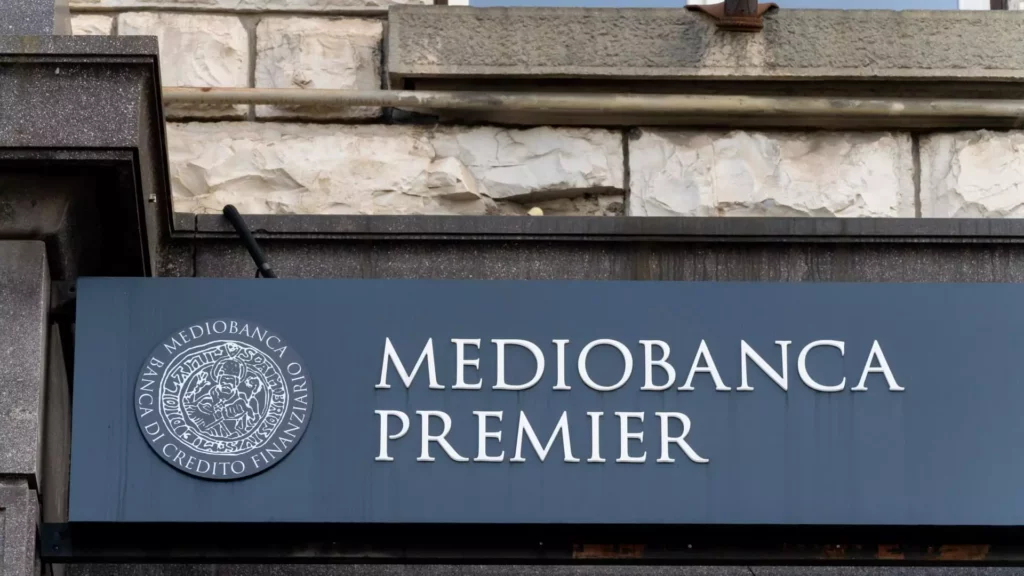The Italian banking sector is experiencing a period marked by both ambition and turbulence, an environment exemplified by the failed takeover bid of Mediobanca by the historically troubled Monte dei Paschi. On an intriguing Tuesday, Mediobanca’s shareholders delivered a resounding rejection to Monte dei Paschi’s audacious €13 billion all-share acquisition proposal, signaling a clear preference for maintaining independence over merging with another lender plagued by past challenges. This decision ignites discussions surrounding not just the viability of such consolidations but the overall direction of Italy’s banking landscape.
Mediobanca’s leadership characterized Monte dei Paschi’s offer as lacking both solid industrial logic and financial underpinnings. In their statement, they articulated concerns that the deal would dilute Mediobanca’s identity and adversely affect its business strategy. More crucially, the hallmark areas of Wealth Management and Investment Banking, which require seasoned professionals, might experience a talent exodus—a risk too significant for Mediobanca’s shareholders. The consistent losses recorded by Monte dei Paschi, famously the world’s oldest bank, evoke skepticism about its ability to coalesce with a more stable entity like Mediobanca. The reaction in the markets echoed this uncertainty, causing both banks’ shares to dip; Mediobanca down by 2.7% and Monte dei Paschi by 1.32%, illustrating investor apprehension regarding the proposed merger’s implications.
Monte dei Paschi’s tumultuous trajectory reflects the broader struggles of the Italian banking system. The institution required a state bailout in 2017 after amassing considerable losses, emblematic of the banking predicaments that have haunted Italy. However, since the 2022 appointment of Luigi Lovaglio—the former UniCredit executive—there have been concerted efforts to revitalize its operational framework, giving some stakeholders renewed hope. Yet, the financial community remains skeptical about MPS’s ability to effectively integrate another banking entity while maintaining sustainable growth.
Attempts by the Italian government to privatize its stake in Monte dei Paschi reveal layers of complexity in ownership dynamics. Despite efforts to divest, the state still holds an 11.73% interest, complicating potential alliances in an intensely interconnected banking environment. Notably, significant shareholders of Mediobanca, including eminent figures like Francesco Gaetano Caltagirone and the family of late billionaire Leonardo Del Vecchio, have holdings in both banks, raising critical concerns regarding potential conflicts of interest should the acquisition proceed.
The market’s reaction was swift and informative following the rejection of the takeover bid, reflecting a cautious sentiment among investors wary of the merger’s implications. Analysts have voiced misgivings about the lack of clear synergies that would arise from merging the two banks, underscoring an absence of complementary strengths and questioning the projected value creation from such a union. This skepticism is not unfounded; as recent reports indicated, the value drivers behind Monte dei Paschi’s strategy remain ambiguously defined, contributing to the overall unease surrounding its proposals.
Furthermore, the backdrop of increasing competition—particularly highlighted by UniCredit’s recent aggressive tactics, including a substantial bid for Banco BPM—resonates across the industry. The confrontation of strategies among lenders not only disorients ambitions for consolidation but also introduces a sense of urgency for institutions like Monte dei Paschi. Their historical challenges and recent attempts at restructuring must align with strategic alliances or risk being overshadowed by more stable competitors.
As the dust settles from this latest episode in Italian banking, it becomes increasingly clear that navigating the complexities of consolidation requires not just careful planning but also an understanding of the historical significance that institutions like Mediobanca and Monte dei Paschi hold in the financial landscape. The current environment suggests a cautious approach toward mergers, necessitating a commitment to transparency, alignment of strategic objectives, and an unwavering focus on long-term viability.
Ultimately, the trajectory of Italian banking consolidation will rest upon balancing ambitions for growth against the realities of past failures. Investors and stakeholders alike are left contemplating whether true revitalization can arise from partnerships or whether isolation may indeed be a safer path in a landscape continuously beset by financial unpredictability.




